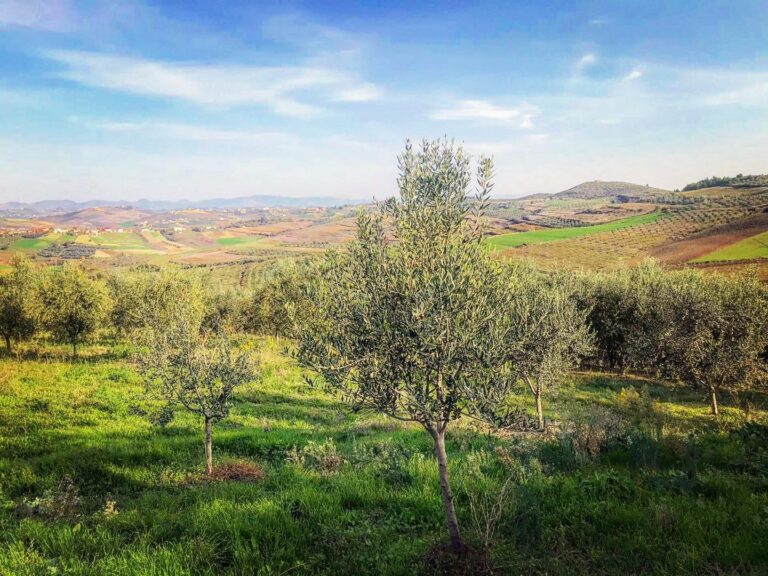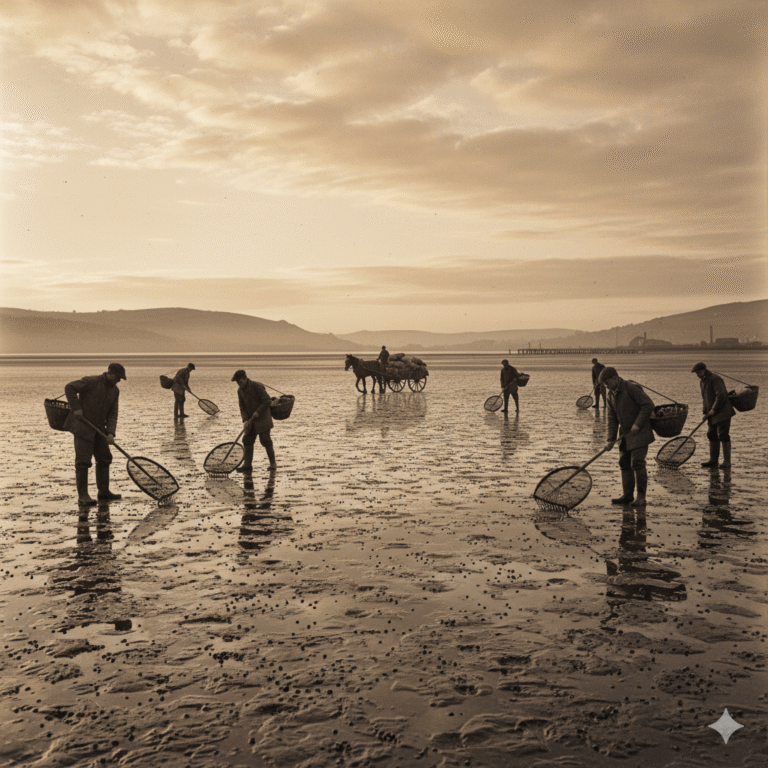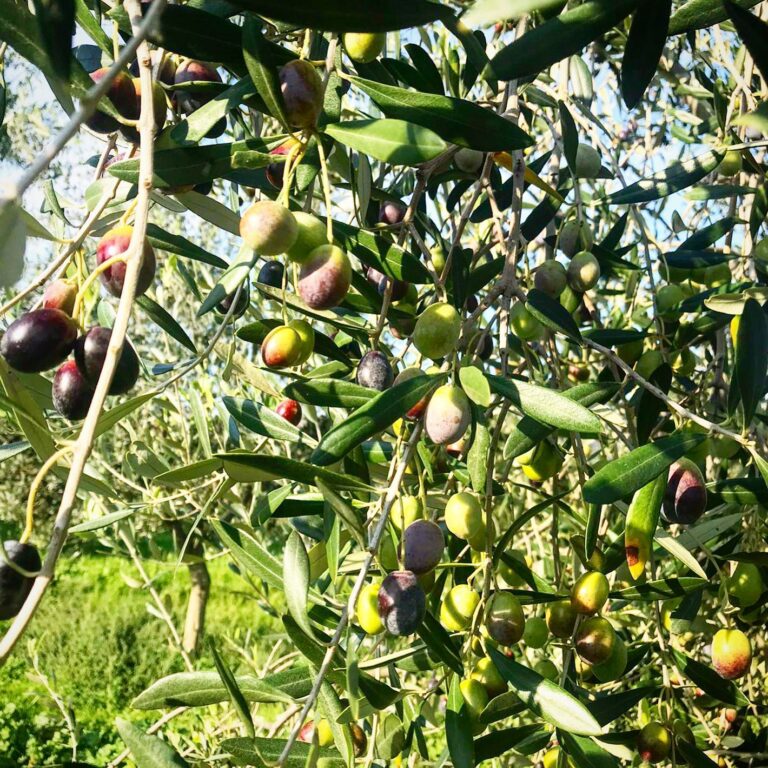A Culinary Chronicle: The Evolution of Affluent Dining in London’s Premier Boroughs (1800-Present)
From Private Plates to Public Palates
The culinary landscape of London, a city defined by its dynamic history and perpetual reinvention, is a direct reflection of its social and demographic evolution. For over two centuries, London’s most affluent boroughs—Knightsbridge, Kensington, Chelsea, Mayfair, Belgravia, and Hampstead—have served as epicenters of wealth and influence, each possessing a distinct character and attracting the global elite.1 However, the manner in which this elite has dined has undergone a profound transformation. What began as an insular, private practice defined by the opulence of the home has evolved into a public, globalized, and diversified spectacle, mirroring the city’s own cultural shifts.
This report chronicles this remarkable journey, demonstrating how the eating trends of London’s wealthiest have moved from the exclusive confines of the domestic sphere to the vibrant, high-end public stage of modern gastronomy. The analysis reveals that this evolution was not merely a matter of changing tastes but was propelled by a series of interconnected social and economic forces, including the decline of domestic service, the rise of a public consumer culture, and the city’s increasing multiculturalism.
The following sections will guide the reader through this historical narrative, from the era of private indulgence to the contemporary age of curated experiences, with a focus on specific locations and institutions that have defined London’s luxury dining scene over time.
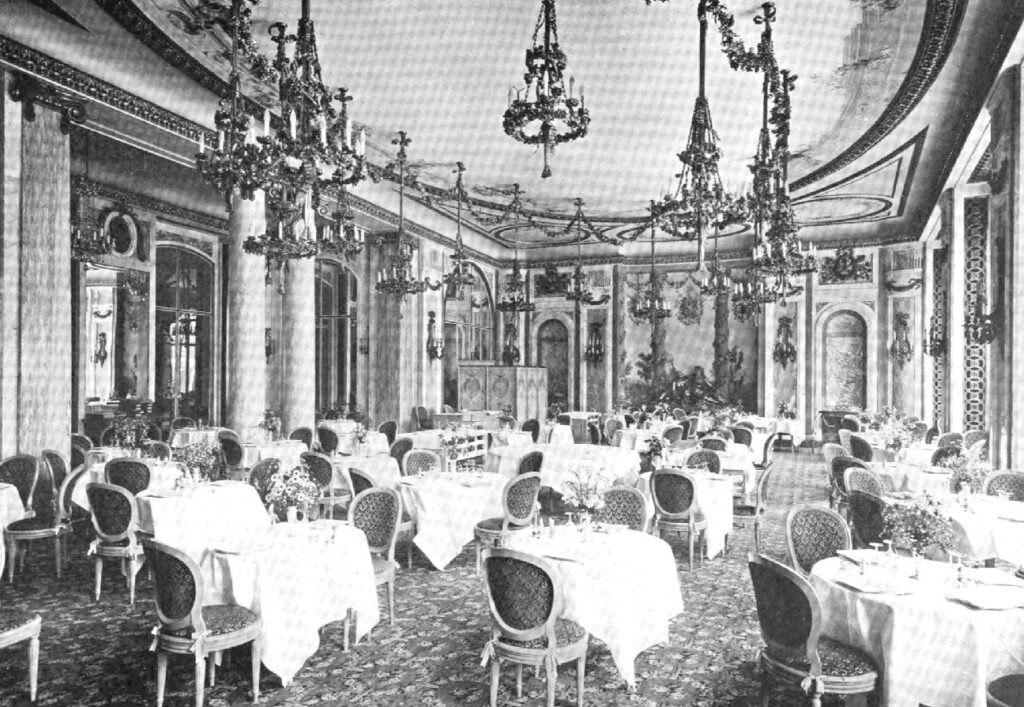
The Age of Domestic Grandeur (1800-Early 1900s)
In the 19th century, dining for London’s wealthiest was a fundamentally private affair. Unlike today, where a Michelin-starred meal is a public event, a fine dinner was almost exclusively served within the grand townhouses and mansions of boroughs like Belgravia and Kensington.
The very foundation of this social structure was the availability of cheap domestic service, which made it far more socially and economically desirable to entertain at home than to dine out.4 The public restaurant was still a nascent concept, largely catering to new social classes requiring quick, inexpensive meals.4 For the aristocracy and the new mercantile class, the home was not merely a residence but a stage for a precise, ritualized expression of social standing.
The cornerstone of this private culinary world was the French chef and French cuisine.6 This preference was not a passing trend but a long-standing tradition dating back centuries, with French cooks serving at the Tudor and Stuart courts.8 By the Victorian era, the food of the elite had a “distinctly French flavour,” with a team of domestic staff preparing lavish, multi-course meals.4 These meals featured the best meat and vegetables available, including a baron of beef, venison, and even exotic turtle soup.6 Presentation was as critical as quality, with the use of molds for dishes like mousses and jellies serving as a fashionable sign of status and skill.6
While the food was seasonal, the wealthy could afford to supplement their diets with imported luxuries such as coffee and sugar, which were a result of global trade and British imperialism.9 A peculiar dining ritual of the era, the popularity of afternoon tea, emerged as a direct response to the late dining times that became fashionable after the introduction of gas lighting, with dinner often not being served until 9 PM.6
.The public dining establishments that did exist at the time were a rare exception to this private paradigm. The late 19th century saw a growing “commercialization of the catering business” in London 11, but these were not, for the most part, destinations for the wealthiest. A singular and enduring example of a public institution that catered to the elite is Rules, established in Covent Garden in 1798.12
As London’s oldest restaurant, Rules’ focus on traditional British cuisine stood in quiet contrast to the French-centric culinary scene of private homes. Its survival demonstrates a small but significant market for public dining among the wealthy, even if it was not the primary mode of consumption.The dining habits of this period reveal a central paradox regarding wealth, culinary identity, and globalization. London was, by the middle of the century, a hub of global trade and a melting pot of new immigrant communities, who brought their foodways with them.11
However, while global flavors arrived on Britain’s shores, they were first incorporated into the street markets and the diets of the working classes, who were fed on cheap seasonal food like jellied eels and oysters from vendors.9 The elite’s formal palate remained rigidly tied to French culinary tradition. This separation illustrates how the affluent dining culture of the era was not an open, worldly one, but a spectacle of private insularity, where the display of wealth was measured by the size of one’s domestic staff and the adherence to a highly formalized, European culinary code.
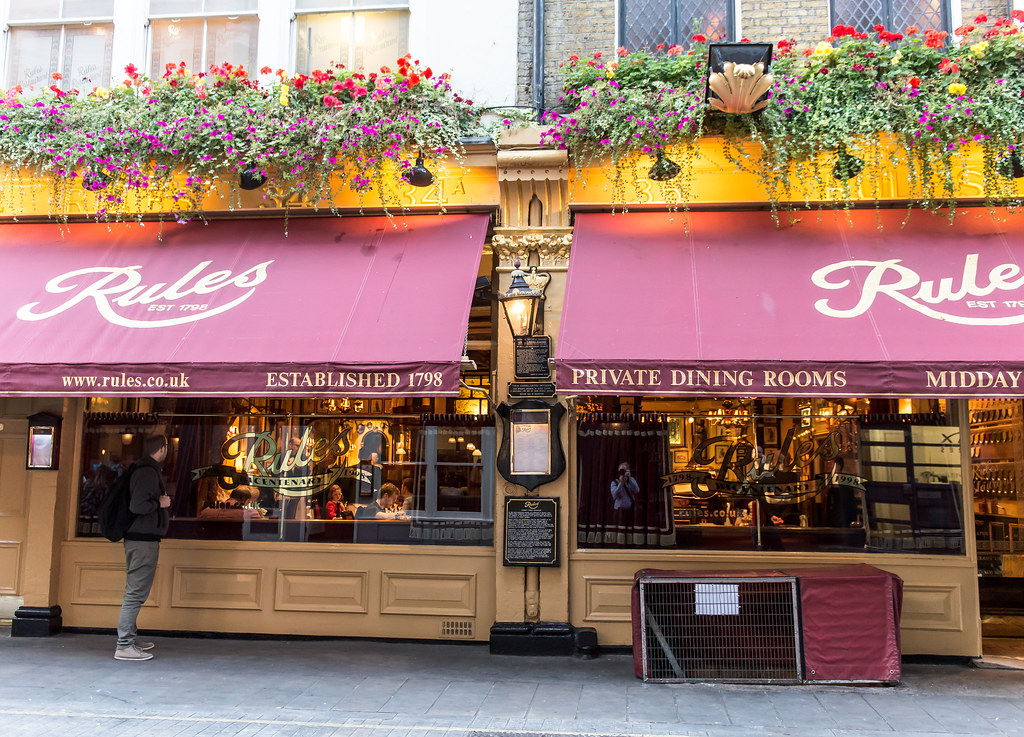
The Culinary Interregnum (1914-1950s) and Post-War Revolution
The early 20th century marked the beginning of the end for the grand era of private, in-home dining. The “servant problem,” exacerbated by the World Wars, made maintaining a full-time domestic staff increasingly difficult for many of the professional classes, pushing them towards the nascent public dining scene.4 This gradual erosion of the old social order was accompanied by a necessary, if unglamorous, shift in dining habits during the wars themselves.
Rationing and austerity defined the era, leading to a culinary period described as a “great plain of desolation”.13 The government-run “British Restaurants,” utilizing repurposed buildings like church halls and schools, provided cheap, communal meals to the populace.14 While these establishments were not for the affluent, they had a profound impact on social norms by normalizing the act of eating out in a public, communal setting, a concept that was foreign to the wealthy just a few decades prior.
Following the war, a confluence of new economic and demographic forces triggered a culinary renaissance. A dramatic rise in the standard of living, coupled with an explosion of cheap charter flights, exposed Britons to diverse new cuisines, creating a public appetite for international flavors.13 This newfound demand was met by London’s rapidly diversifying population. Post-1948, a significant migration boom saw new communities, particularly from Commonwealth countries like India, Pakistan, Bangladesh, and Jamaica, establish themselves in the city.10
These new Londoners brought their culinary traditions with them, and a proliferation of Chinese and Indian restaurants began to spread from their original dockland locations into central London.10 Brick Lane, for example, became known as the “Curry Capital,” and dishes like tandoori chicken and biryani became widespread.10 The city’s very demographic composition had shifted, with the White British population becoming a minority for the first time in history in 2011, making London a true “majority-minority” city.15
This era also saw a crucial architectural and cultural trend: the repurposing of historic, often industrial, spaces into luxurious dining establishments. This was a physical manifestation of the shift from the private to the public sphere. Two of the most celebrated examples are found in Chelsea. Michelin House, originally the UK headquarters and tire depot for the Michelin Tyre Company, was converted in 1987 into a mixed-use building that housed a restaurant.19 Its iconic Art Deco design, complete with stained-glass windows featuring the Michelin Man, was reborn as a “cathedral of gastronomy”.21
Similarly, Bluebird on the King’s Road, a former 1920s motor company showroom, was transformed into a “gastrodrome” in 1997.23 The fact that historic spaces designed for commerce or industry could be repurposed for luxury dining signaled that eating out had now become a glamorous and aspirational activity for London’s affluent, a far cry from the utilitarianism of the post-war years.
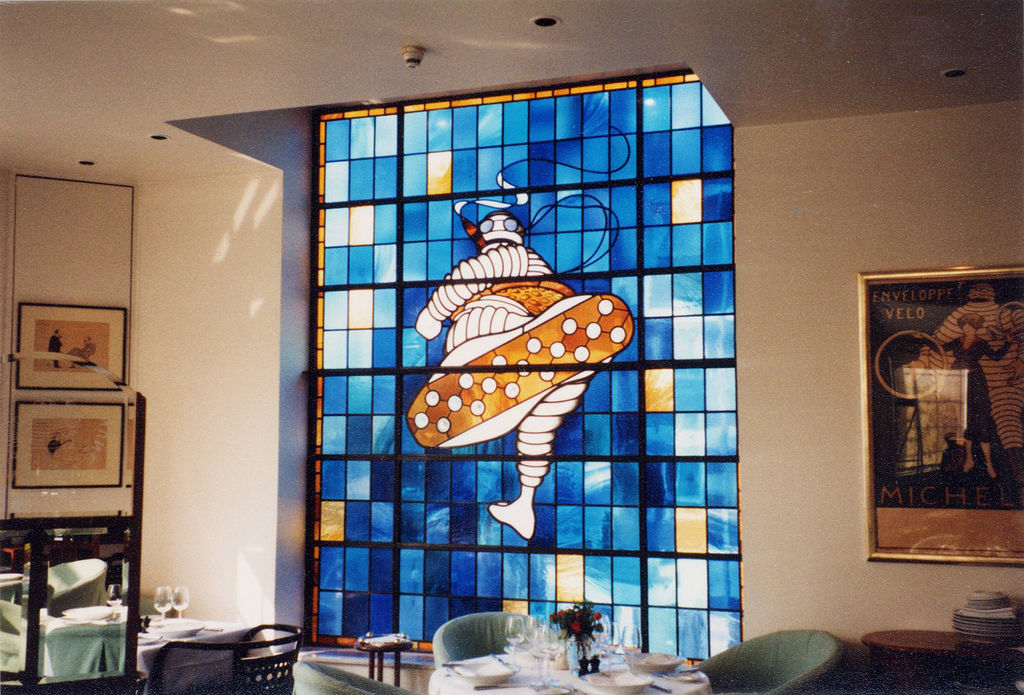
A Global Table: The Rise of Modern Gastronomy (1960s-1990s)
The mid-to-late 20th century saw the British dining scene emerge from austerity and into a period of creativity and self-discovery. Chefs, for the first time, were elevated to the status of “creative artists”.13 Pioneers like Philip Harben and Delia Smith paved the way for a generation of chefs who rebelled against the poor-quality, overcooked food of the past, focusing instead on “provenance” and the best ingredients from home and abroad.13 This movement gave rise to what became known as “modern British” cuisine, a stark contrast to the formal French style that had dominated private kitchens for a century.
This new culinary approach democratized fine dining to some extent. The gastropub movement, spearheaded by influential chefs like Fergus Henderson, brought sophisticated, high-quality food to a wider audience in a relaxed, communal setting.24 Henderson’s philosophy of “nose-to-tail” cooking became influential, and the gastropub became one of the few places where Londoners of different classes could mix comfortably.24
The era was also defined by a bold experimentation with “fusion cuisine,” where chefs combined flavors from different cultural backgrounds.10 This period saw the creation of dishes that, while inspired by international traditions, became distinctively British-Indian, such as chicken tikka masala. This “culinary creative playground” established London’s reputation for being a city where a wide range of authentic and innovative cuisines could be found, from “sushi in Soho to tacos in Shoreditch or biryani on Brick Lane”.10
This period of public spectacle culminated in the establishment of institutions that were no longer just places to eat but were destinations in their own right. A prime example is Langan’s Brasserie. Founded in 1976 by restaurateur Peter Langan and actor Sir Michael Caine, Langan’s became a “cultural hotspot” and a celebrity magnet, attracting figures from Elizabeth Taylor to Mick Jagger.25 As described by Joan Collins, it was “like a private club,” and Langan’s himself would famously proclaim, “you are not coming to our restaurant on the way to the show or after the show: you are the show”.25 This statement perfectly encapsulates the final transition of affluent dining: from a private display of wealth to a public theatrical performance, where the elite became part of the spectacle for all to see.
The New Era of London Luxury (2000s-Present)
Today’s fine dining scene in London’s affluent boroughs represents a synthesis of all previous eras, delivered with an unprecedented focus on narrative and personalized experience. The luxury market has shifted from a mere focus on material goods to a desire for unique, authentic, and memorable experiences, and dining is at the very forefront of this movement. Restaurants are no longer simply places to eat but are curated, multi-sensory performances.27
This new form of luxury is defined by several key trends:
- Hyper-Seasonality, Foraging, and Provenance: The modern high-end restaurant places a powerful emphasis on “hyper-seasonal, foraged and local menus”.27 Chefs curate their plates around daily harvests from local woodlands, urban allotments, and coastal foraging walks, creating a “narrative of place and time” that connects diners to the land and the season.27
Our Welsh Wild Garlic Salt is a labour of love that can only harvested a few short weeks a year. - Immersive Experiences: Dining has become a “curated performance” that blends narrative and choreography with food.27 Designers and chefs work together to create an environment where service becomes part of the “mise-en-scène,” transforming a meal into a theatrical event.27
- Technological Personalization: Technology plays a quiet but crucial role. Back-of-house systems use “reservation intelligence” to analyze dietary restrictions, past orders, and occasion notes.27 This allows establishments to suggest bespoke menus and wine pairings, creating a discreet, personalized experience that elevates exclusivity without sacrificing spontaneity.27
The contemporary culinary landscape is now firmly established in the affluent boroughs, offering a rich guide to what and where London’s wealthiest dine today. The following table provides a quick-reference guide to some of the most notable establishments.
| Borough | Notable Restaurants | Signature Cuisine/Concept | Historical Connection |
| Mayfair | The Ritz Restaurant, Scott’s, Mount St Restaurant | Modern British, French-Inspired British, Seafood & Oysters, Art-Integrated Dining | The Ritz Hotel (1906); Scott’s (est. 1851 as an oyster warehouse); Mount St. Restaurant (in The Audley, a historic Mayfair landmark). |
| Kensington & Chelsea | Restaurant Gordon Ramsay, Claude Bosi at Bibendum, Bluebird | Modern French Haute Cuisine, French-Inspired British | Restaurant Gordon Ramsay (est. 1998, in artistic Chelsea); Bibendum (in the iconic Michelin House); Bluebird (in a former motor showroom). |
The Gastronomic Geography of Affluence
Mayfair: A Beacon of Opulence
Mayfair remains the quintessential luxury hub of London, known for its opulent homes, upmarket hotels, and elegant architecture.1 Its dining scene is a direct reflection of this status, combining historic institutions with modern, art-forward concepts.
- Scott’s: As one of the fifth oldest restaurants in London, Scott’s is a Mayfair institution with a history that parallels the borough’s own.28 Originally founded as a modest “oyster warehouse” in 1851, it has evolved into a glamorous seafood restaurant and oyster bar, a destination for the “most glamorous people across the world”.28 The restaurant’s evolution from a simple fishmonger’s shop to an A-list haunt embodies the journey of Mayfair itself.
- The Ritz Restaurant: Situated in the legendary Ritz Hotel, this restaurant is the very embodiment of opulent, old-world luxury.30 Its Louis XVI-inspired dining room and frescoed ceilings provide a breathtaking backdrop for a menu of “French-inspired British cuisine”.31 Dining here is a return to formality, with a strictly enforced dress code of a jacket and tie for gentlemen, a signal that this establishment is a living piece of London’s culinary history.32
- Mount St Restaurant: Housed in a historic Mayfair landmark, The Audley, this restaurant brings together food, art, and culture.33 The menu is inspired by the city’s culinary history, but the space itself is a gallery, featuring over 200 pieces of world-class art by names like Andy Warhol and Lucian Freud.34 This integration of fine art into the dining experience speaks to a modern form of luxury where the visual spectacle is as important as the food.
Kensington & Chelsea: A Blend of Heritage and Modernity
Known for its artistic charm, high-end boutiques, and historic ties to literary figures, Chelsea is a borough that seamlessly blends sophistication with urban living.1
- Restaurant Gordon Ramsay: Established in 1998, this restaurant quickly earned three Michelin stars for its modern French cuisine and has maintained that distinction ever since.35 Its location in Chelsea, a borough historically recognized as a “bohemian paradise” and a “hub of creativity,” highlights the contemporary blend of high-end culinary art with a creative, historical locale.2
- Claude Bosi at Bibendum: A testament to the enduring appeal of the architectural repurposing trend, this restaurant is located in the iconic Michelin House, which was the original UK headquarters for the Michelin Tyre Company.19 Chef Claude Bosi’s “audaciously rich haute cuisine” in the light-filled, Art Deco dining room offers a modern reinterpretation of classical French cooking within a space that is itself a celebrated historical landmark.21
- King’s Road: Once a private royal route for King Charles II, the King’s Road has evolved from a hub of punk and bohemian culture into a fashionable thoroughfare with “a wide range of options—from casual bites to elegant dining”.36 Bluebird, the iconic Art Deco landmark which was once a motor showroom, epitomizes this evolution by offering an elegant dining experience within a building that once housed luxury cars, reflecting a new form of modern luxury dining rooted in history.23
The current dining scene is not just about the food itself; it is about the story, the experience, and the carefully curated environment. The reliance on technology for personalization and the integration of fine art further underscores this shift in luxury values. The affluent diner is no longer just a consumer of a meal but a patron of a multi-sensory, highly curated art form. This final stage in the culinary chronicle represents a complete break from the insular private dining of the 19th century, replacing it with a public, yet hyper-exclusive, form of social expression.
A Journey of Taste
The eating habits of London’s wealthiest have undergone a transformative journey over the past two centuries, a journey that mirrors the city’s own societal evolution. From the insular and private dining rooms of the Victorian era, where opulence was measured by the size of one’s staff and the formality of a French menu, the affluent palate was pushed into the public sphere by the forces of war and social change. This transition was marked by a period of austerity, followed by a post-war culinary renaissance fueled by economic growth and mass immigration. This influx of new cultures diversified London’s culinary DNA, forever changing its gastronomic landscape.
The final stage of this evolution has seen dining move beyond simple public consumption to a hyper-specialized, experiential domain. Today, luxury is defined not just by expensive ingredients, but by a narrative of provenance, a theatrical presentation, and a bespoke experience crafted through both human artistry and technological precision. The conversion of historic buildings, from tire depots to motor showrooms, into “gastrodromes” is a potent symbol of this shift, demonstrating that the very fabric of the city can be repurposed to serve new forms of luxury.
In essence, the culinary chronicle of London’s affluent boroughs is a narrative of breaking down walls—from the literal walls of the private home to the cultural barriers that once separated classes and cuisines. It is a story of a culture that has moved from a reliance on the formal traditions of a single European power to an embrace of a truly global identity. The London fine dining scene, while rooted in centuries of tradition, remains a vibrant, ever-changing reflection of its global, affluent populace, a domain where old-world elegance, new-world creativity, and international flavors seamlessly converge.
Works cited
- Top 12 Wealthiest Districts in London | Explore London’s Most Affluent Areas – Spot Blue, accessed September 16, 2025, https://www.spotblue.com/news/wealthiest-districts-in-london-rich-areas/
- Most Affluent Areas in London – UK Sotheby’s International Realty, accessed September 16, 2025, https://sothebysrealty.co.uk/the-journal/most-affluent-areas-in-london/
- 21 Richest Areas In London Revealed (2025) – Amber, accessed September 16, 2025, https://amberstudent.com/blog/post/top-10-rich-neighborhoods-in-london
- Full article: Dining Out: Restaurants and British Society in the 1930s, accessed September 16, 2025, https://www.tandfonline.com/doi/full/10.1080/15428052.2018.1552902
- History of London’s Street Markets | University for the Creative Arts, accessed September 16, 2025, https://www.uca.ac.uk/research/projects/stall-tales/history/
- Eating Habits of the Victorians, accessed September 16, 2025, https://victorianchristmaslady.com/eating-habits-of-the-victroians/
- Haute cuisine – Wikipedia, accessed September 16, 2025, https://en.wikipedia.org/wiki/Haute_cuisine
- University of London Press Institute of Historical Research Chapter Title: Experiencing French cookery in nineteenth-century Lon, accessed September 16, 2025, https://g-city.sass.org.cn/_upload/article/files/2a/cf/36864fa148d28df9aa27557ba165/572c20e2-82f6-48b2-8b43-f626c65cc9dd.pdf
- Food in the Victorian era -, accessed September 16, 2025, https://backinthedayof.co.uk/food-in-the-victorian-era
- The Culinary Timeline of London – City Spice, accessed September 16, 2025, https://cityspice.co/the-culinary-timeline-of-london/
- Eating the World: London in 1851 – Washburn University, accessed September 16, 2025, https://www.washburn.edu/academics/college-schools/arts-sciences/history/images/eating%20the%20world.pdf
- Oldest restaurant in London. It serves traditional British food, accessed September 16, 2025, https://rules.co.uk/
- 60 years of British food – News – The Caterer, accessed September 16, 2025, https://www.thecaterer.com/news/60-years-of-british-food
- The curious history of government-funded British Restaurants in World War 2 – Findmypast, accessed September 16, 2025, https://www.findmypast.co.uk/blog/history/british-restaurants
- Demographics of London – Wikipedia, accessed September 16, 2025, https://en.wikipedia.org/wiki/Demographics_of_London
- London, 1780-1900 | The Digital Panopticon, accessed September 16, 2025, https://www.digitalpanopticon.org/London,_1780-1900
- British cuisine – Wikipedia, accessed September 16, 2025, https://en.wikipedia.org/wiki/British_cuisine
- The UK’s Chinese food revolution – The Guardian, accessed September 16, 2025, https://www.theguardian.com/food/2019/sep/15/chinese-food-revolution-uk-hunan-sichuan-xinjiang-fuchsia-dunlop
- Michelin House – Wikipedia, accessed September 16, 2025, https://en.wikipedia.org/wiki/Michelin_House
- Michelin House, Chelsea, London, accessed September 16, 2025, https://manchesterhistory.net/architecture/1920/michelin.html
- Review of Claude Bosi at Bibendum, South Kensington, London | The Good Food Guide, accessed September 16, 2025, https://www.thegoodfoodguide.co.uk/restaurant/claude-bosi-at-bibendum/id/34
- Claude Bosi at Bibendum – All The Restaurants, accessed September 16, 2025, https://alltherestaurants.com/products/claude-bosi-at-bibendum
- About Us | Bluebird Restaurant | Kings Rd, Chelsea, London, accessed September 16, 2025, https://www.bluebird-restaurant.co.uk/about/
- Eat Your Way Through London’s Thrilling Food Scene | by Corby Kummer – Medium, accessed September 16, 2025, https://medium.com/airbnbmag/eat-your-way-through-londons-thrilling-food-scene-c0b258ccf3be
- Discover The History of Langan’s, accessed September 16, 2025, https://www.langansbrasserie.com/langans-through-the-ages/
- Langan’s Brasserie | Restaurant – Northern Lights, accessed September 16, 2025, https://northern-lights.co.uk/pages/langans-brasserie
- Luxury Dining Trends in London: What to Expect at Top Restaurants, accessed September 16, 2025, https://meraki-restaurant.com/luxury-dining-trends-london/
- The Best Restaurants in Mayfair – capitalalist.com, accessed September 16, 2025, https://www.capitalalist.com/the-best-restaurants-in-mayfair/
- Our History | Seafood & Fish Restaurant | Scott’s, Mayfair, accessed September 16, 2025, https://scotts-mayfair.com/our-history/
- The best restaurants in Mayfair – London – Time Out, accessed September 16, 2025, https://www.timeout.com/london/restaurants/mayfair-restaurants
- {:pl}Fancy restaurants London: discover elegant dining in the capital {:} – the-vu, accessed September 16, 2025, https://the-vu.com/2024/11/22/fancy-restaurants-london-ultimate-guide/
- The Ritz Restaurant in Mayfair: Two Michelin Star Dining, accessed September 16, 2025, https://www.theritzlondon.com/dining/the-ritz-restaurant/
- About Us – Mount St. Restaurant, accessed September 16, 2025, https://mountstrestaurant.com/about-us/
- Mount St. Restaurant & Rooms | Modern Dining in Mayfair, accessed September 16, 2025, https://mountstrestaurant.com/
- Restaurant Gordon Ramsay | Gordon Ramsay Restaurants, accessed September 16, 2025, https://www.gordonramsayrestaurants.com/restaurant-gordon-ramsay/
- King’s Road History: Then and Now – Kutir Chelsea, accessed September 16, 2025, https://kutir.co.uk/kings-road-history/
- Claude Bosi at Bibendum – London – Restaurant – 50Best Discovery, accessed September 16, 2025, https://www.theworlds50best.com/discovery/Establishments/UK/London/Claude-Bosi-at-Bibendum.html
- The best restaurants in Chelsea – Hot Dinners, accessed September 16, 2025, https://www.hot-dinners.com/Features/Hot-Dinners-recommends/best-restaurants-kensington-chelsea-kings-road-london
